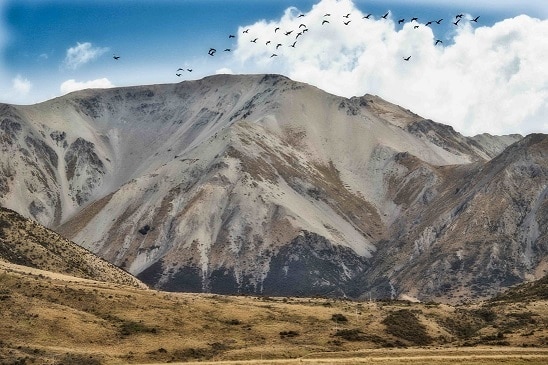 I’ve been going back over old collections of photos I’ve taken. I certainly use a few for Facebook and also, if they’re travel pics, to illustrate my travel blogs. But they represent just a handful of the photos I’ve actually taken. Some of the others are pretty good, too – in fact, better with time to dull my expectations.
I’ve been going back over old collections of photos I’ve taken. I certainly use a few for Facebook and also, if they’re travel pics, to illustrate my travel blogs. But they represent just a handful of the photos I’ve actually taken. Some of the others are pretty good, too – in fact, better with time to dull my expectations.
Why am I trawling through old pictures? I’m glad you asked.
Since I take photos with a digital camera, I have software to edit said images. Most professionals use Lightroom and Photoshop for their image artistry. I used to, but these days Adobe has changed its model so you can’t buy the apps anymore. You have to pay a monthly fee, for which you get all upgrades and some online space to store images. But I can’t justify the cost, which is presently $180pa. So I bought Photoshop Elements, which is a cut-down version of Photoshop CC (the online version). Elements does all the standard processing, but CC has additional features that I admit I sometimes miss. Lightroom is a powerful photo processor which is only available online. So I bought Luminar, a stand-alone app which does pretty much what Lightroom does. Skylum has released a new version of Luminar which addressed some of the app’s shortcomings, so I invested in that as a kind of birthday present. (18th November – in case you missed it ????)
And that is why I’ve been trawling through old photos.
You could say photo editing is cheating and I suppose it is in a way. But especially when you’re travelling, the weather is what it is. If you’re lucky, you have nice days and bright light. If you’re not – with photo editing you can make things a bit better. Especially if you save your files in RAW format – which you should if you want to do this sort of processing.
Here’s an example.
Earlier this year we went on a trip to the South Island of New Zealand. The weather was often positively miserable, even though the scenery was spectacular. This is a photo I took through a window on the Transalpine train, which was, of course, moving. Given the circumstances, it’s not too bad. I suppose.

This is the same photo, brightened up a bit

And in this one I’ve used Luminar’s sky replacement feature, using a photo of birds flying at the beach. Hey – why not? I’m just mucking about.

It’s a much more interesting picture.
Here’s another example. We were in Europe doing the Rhine-Main-Danube river cruise. Evening was approaching – and so was a barge. I was on a moving boat and the barge was also moving – and the light was fading. As a result, my lovely Autumn picture has a decidedly washed out sky.
 In this one, I used Luminar to pick up a sky I took around the same time, just focused on the sky. If I’d known how, I could have bracketed the exposures to get all the elements in different shots which could then be merged – but I didn’t. Anyway, I’m sure you’ll agree it’s a much better picture.
In this one, I used Luminar to pick up a sky I took around the same time, just focused on the sky. If I’d known how, I could have bracketed the exposures to get all the elements in different shots which could then be merged – but I didn’t. Anyway, I’m sure you’ll agree it’s a much better picture.

Of course, quite often I just want to tweak exposure or something. It’s much easier to do sitting at your desk than messing around with camera settings out in the world – especially if you and/or the subject are moving.
You also get to crop images and do some judicious removal of distracting bits of stuff.Here’s a good example.

This was taken from a moving boat (again) with fading light. It’s a dramatic picture of a black kite shouting at his rivals but all those branches get in the way.
So I did this.

Here’s one more, taken in fading light from a moving boat (same trip as the one above).
The Jabiru stork is feeding in the shallows, right next to the mangroves.

I brightened it up a bit.

Editing is almost as much fun as taking the photo in the first place.
Leave a Reply